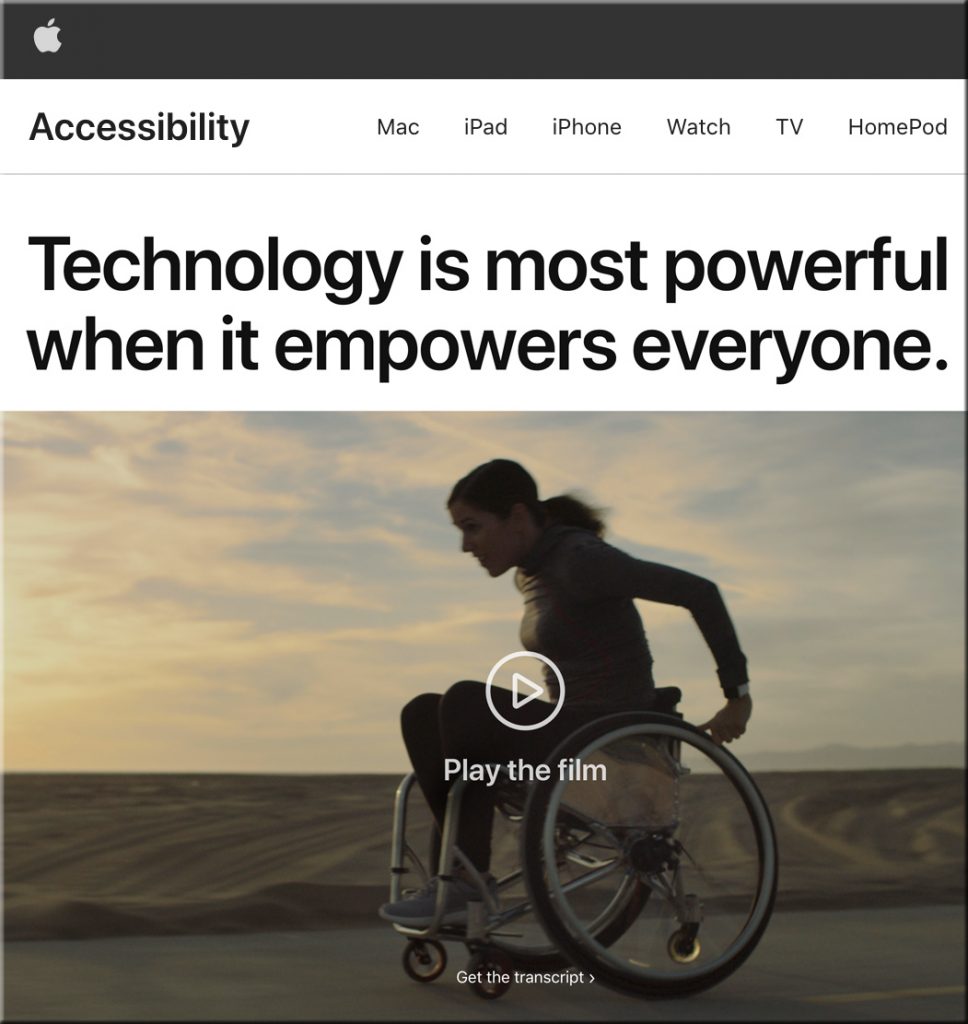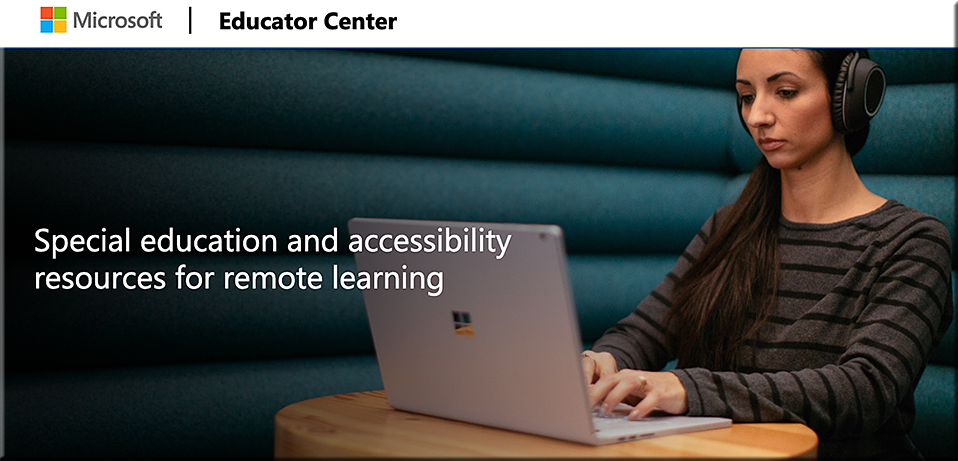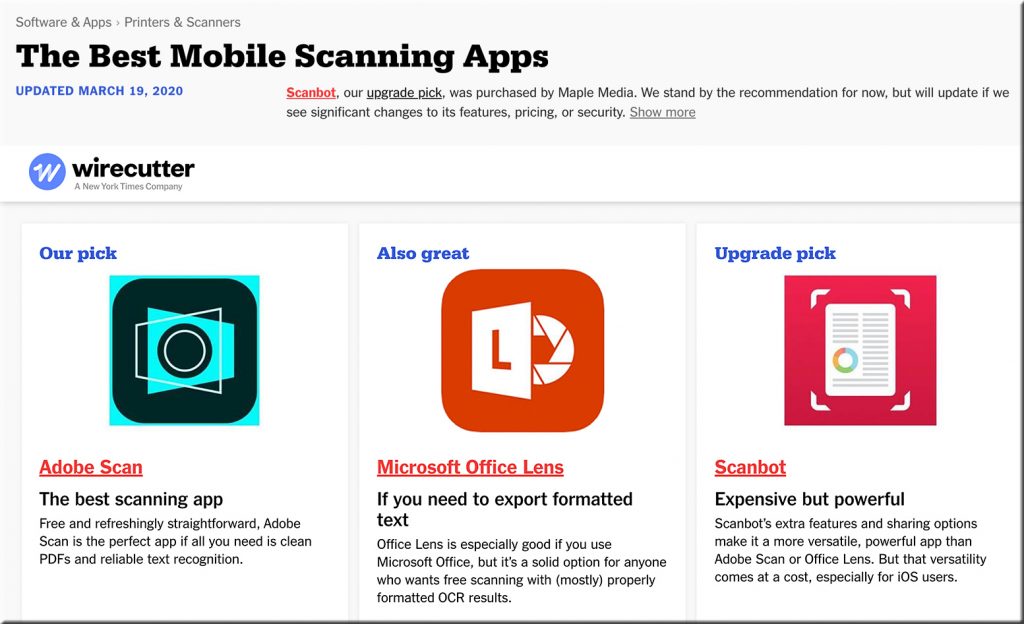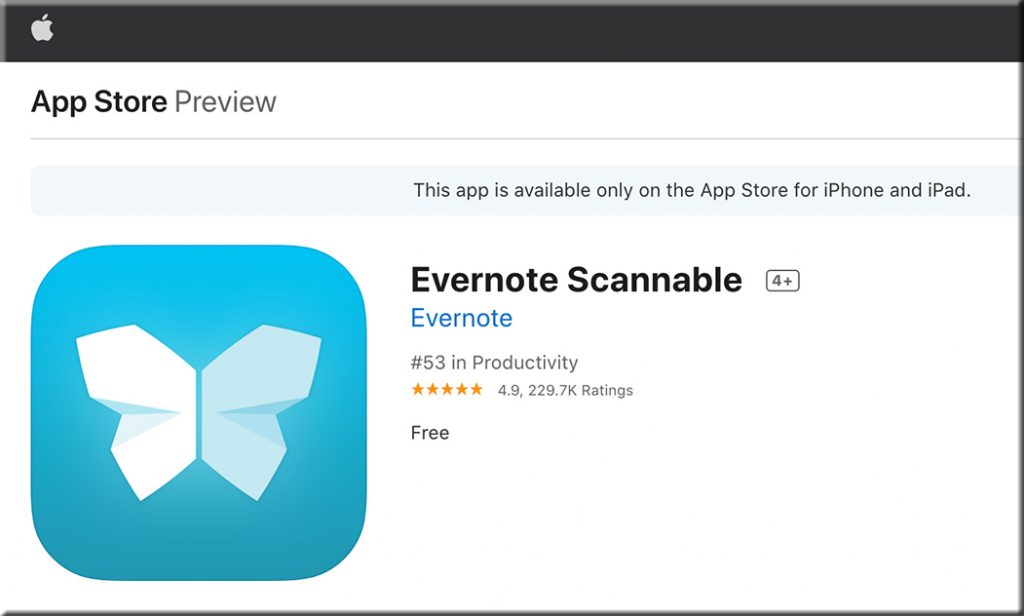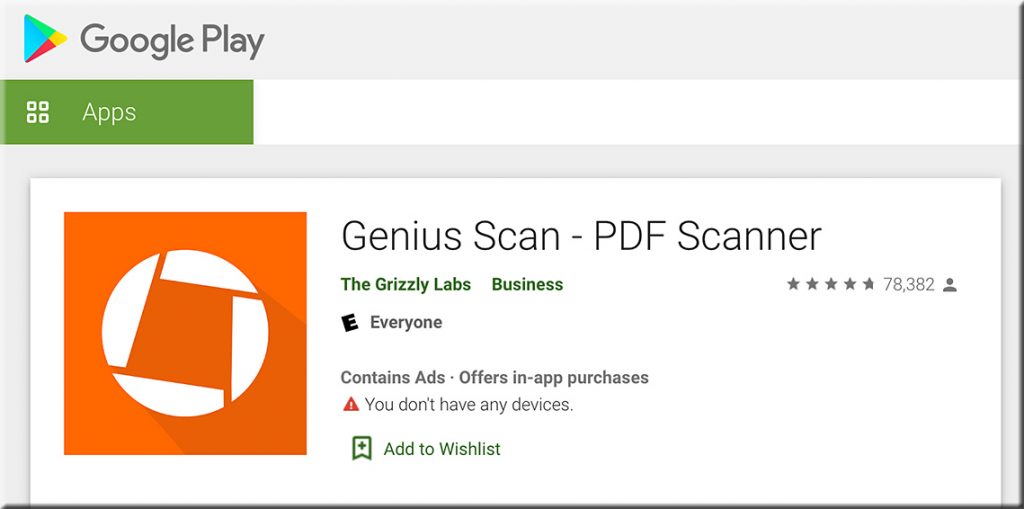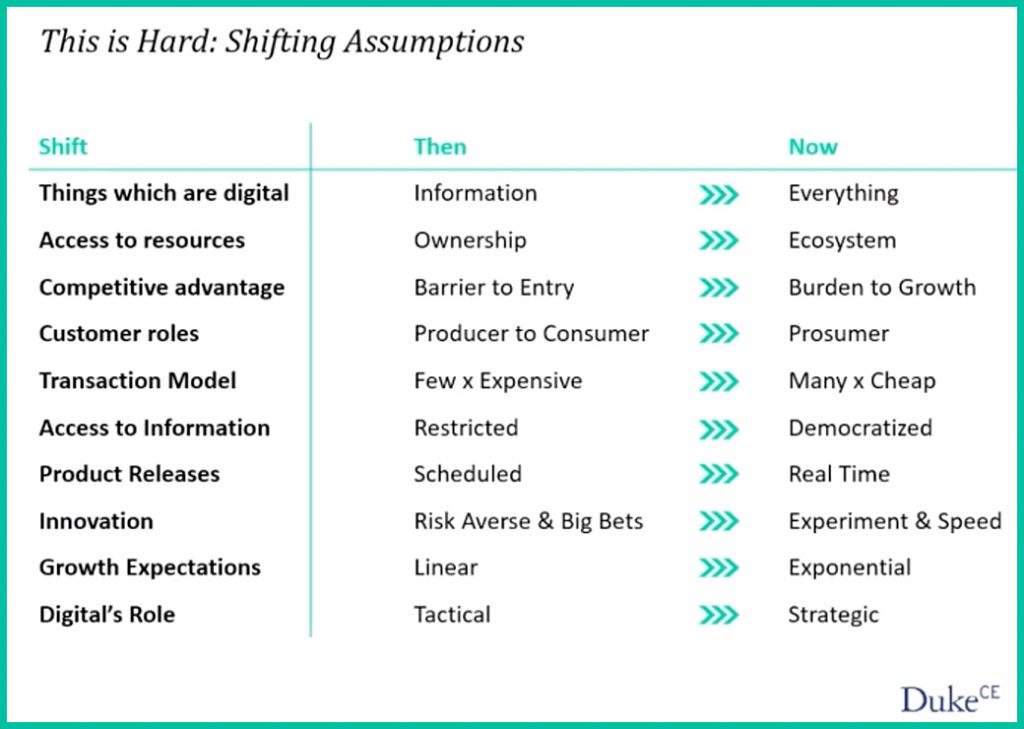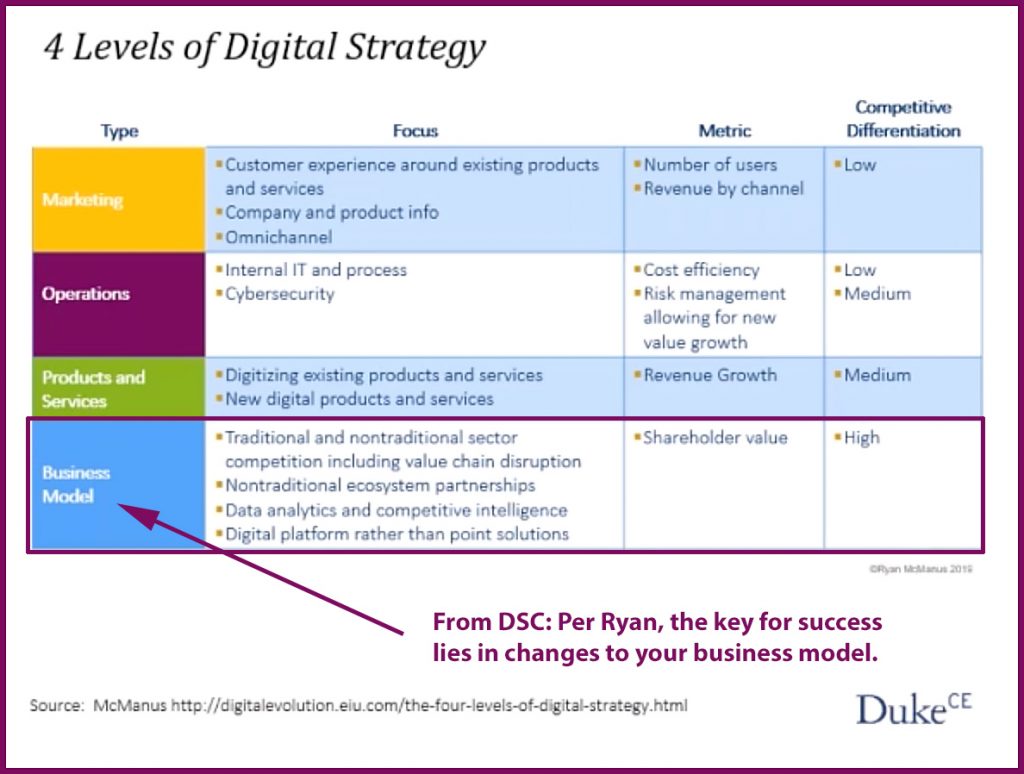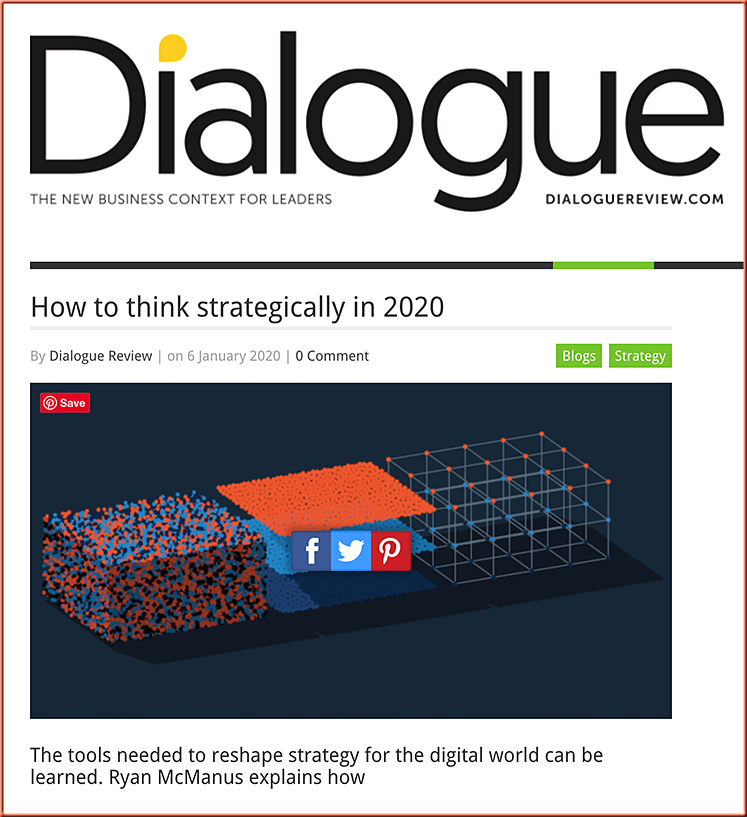Over 75 Purdue University students will attend their commencement ceremonies in VR — from vrscout.com by Kyle Melnick
Viewers will “march down” the procession line alongside their peers via a mobile 360-degree camera.
Excerpt:
[Last] Thursday over 400 students at Purdue University Global participated in their final commencement ceremonies. Of those graduating, over 75 will have done so remotely over the internet, and therefore will not be there in-person to walk the stage.
This year, a new pilot program led by Purdue Global’s director of learning and leadership community, Patti Pelletier, is offering remote students the chance to “attend” their ceremonies in VR.
The Internet of Things (IoT) and its impacts on consumer engagement [infographic] — from socialmediatoday.com by AJ Ghergich
Excerpts:
The Internet of Things enables a device to have more intelligence than it would as a stand-alone system.
Internet connectivity provides devices the capacity to share data, in order to power commands and processes that can help improve consumers’ lives.
…
And as this technology becomes more commonplace, the parts comprising such devices will become more financially accessible, algorithms will become more detailed and capable, and the internet of things will become even more powerful. This means the data from social media platforms, as well as from consumers’ daily lives, will be connected, and our devices will continue to make our world more streamlined. And that has significant implications for all sectors.
For a broader overview of the internet of things, and its growing impacts on how we live, check out this infographic from the team at Salesforce.
How Blockchain’s ‘paradigm shift’ puts more pressure on legal’s tech evolution — from law.com by Rhys Dipshan
As part of the Legalweek 2020 Q&A series, Legaltech News speaks with blockchain researcher and entrepreneur Bettina Warburg on blockchain’s potential disruption in the legal space, what attorneys most misunderstand about the technology, and more.
Excerpt:
Artificial intelligence may still take up much of spotlight these days, but it’s far from the only technology that can fundamentally alter how the legal industry, and the broader economy, operates.
Blockchain technology, for instance, has wide-reaching consequences for record keeping, contracting, data governance and identity management. And beyond that, it may even change how the digital economy functions and work as underlying driver for integrated, autonomously running machines. What all this means for attorneys is that specialization, technical skills, and more technology knowledge will likely become even more important than it is today.
We are not just in the days of Bitcoin, where one user transfers bitcoin to another user’s account. Instead, blockchain should be understood as part of an evolution toward a third generation Web (called Web3) that provides us with virtual machines that are stateful.
Web3 will be the basis of our transition from a digital economy to a decentralized economy. The economic opportunities of the decentralized economy can include wholly new business models: everything from fractionalized ownership and rights to assets that are secured digitally, to new kinds of verifiable and unique assets (such as virtual world avatars), to the ability for machines to transact with one another autonomously. A stateful virtual machine essentially allows us to have a shared verified reality upon which to transact digitally.
While it may sound futuristic, it is also the most obvious use for a digital infrastructure that can verify the transaction of value.









